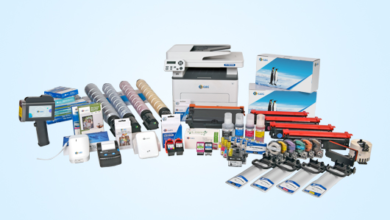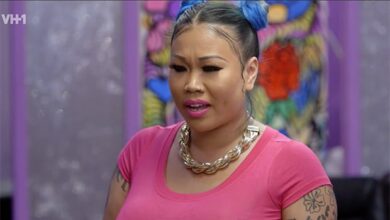
Foreigners ourselves, and mostly unable to speak English, we had Americanized the system of providing clothes for the American woman of moderate or humble means.
The home of ready-to-wear
Ready-to-wear became synonymous with American fashion, and its success grew out of diversity. It was determined by three major detrimental factors. The first was the plight of the immigrants who landed in New York, many with few skills other than hand sewing, 1 but desperate to make a new life for their families. It also developed despite the appalling conditions in the factories and sweatboxes that housed the industry in the fashion quarter. Finally, it relied particularly on the exploitation of women workers, who were willing to work for meagre earnings.
In Fashion and Its Social Agenda, Diana Crane provides a detailed account of how the transition from hand-made to machine-made clothing for women occurred at an earlier date in America than in Europe. 3 The major elements in this transformation were the sewing machine, 4 patterns for specific clothing items, 5 and the development of an accurate system of body measurement. Crane contends that this system of proportional measurements, and subsequently proportional sizes, made it feasible to produce ready-made clothing on a mass scale.
Production of machine-made clothing expanded during the American Civil War, when thousands of ready-made soldiers’ uniforms were needed, as well as cheap women’s clothing, and a number of these factories continued production well into the twentieth century.
Menswear: shirts
The history of the evolution of menswear follows a similar path, with the ready-to-wear industry in America also gaining a foothold in the first half of the twentieth century. As early as 1931, Arnold Gingrich published an influential magazine called Apparel Arts, which was the first male fashion magazine aimed at tradespeople, manufacturers, wholesalers and retailers in order to promote better design, presentation and marketing strategies for mass-produced fashion products.
A fashion icon: Levi’s jeans
Another American fashion icon was Levi’s jeans, a brand that first achieved national status during the Second World War when the American government declared that Levi’s were an essential commodity and sales were restricted to defence workers. Demand for the jeans skyrocketed, along with their price.
Decades of dominance: American dress in Hollywood film
One of the greatest homogenizing influences on global fashion has been the spread of American popular culture. Both Eastern and Western cultures became seduced by the widespread distribution of American Hollywood films. For Hollander, ‘Movies, like Renaissance spectacles, make art out of life.
Of all of the visual arts, film-making—more than anything else—often acted as a catalyst to determine the direction in which fashion was headed. Hollywood stars are remembered for their signature dress—Greta Garbo for her cloche hat (pulled down so far that it covered her eyebrows and almost hid her eyes), Charlie Chaplin for his clown-like bowler hat, cane and fake moustache, Marilyn Monroe for her blonde hair, bright red lipstick, low necklines and billowing skirts, and Jane Russell for her tight-fitting sweaters.
Last word
What was worn by the ‘singing cowboys’ on stage and screen—the boots, the Stetson, the embroidered shirt and jacket, the bootlace tie—rapidly became the street style of a subculture which was originally principally confined to the American south-west but which soon (generally sans the Stetson) spread throughout the USA.




